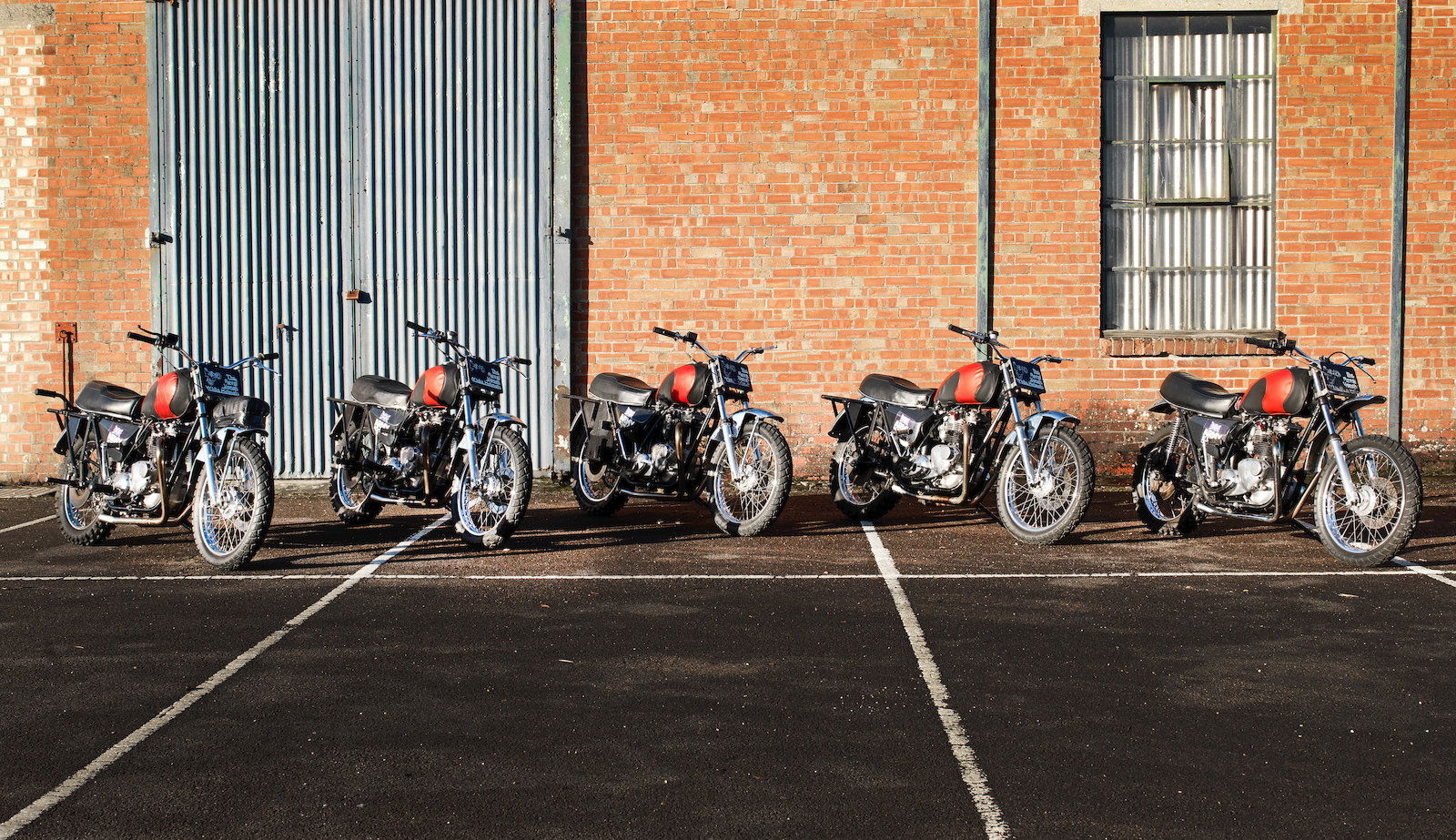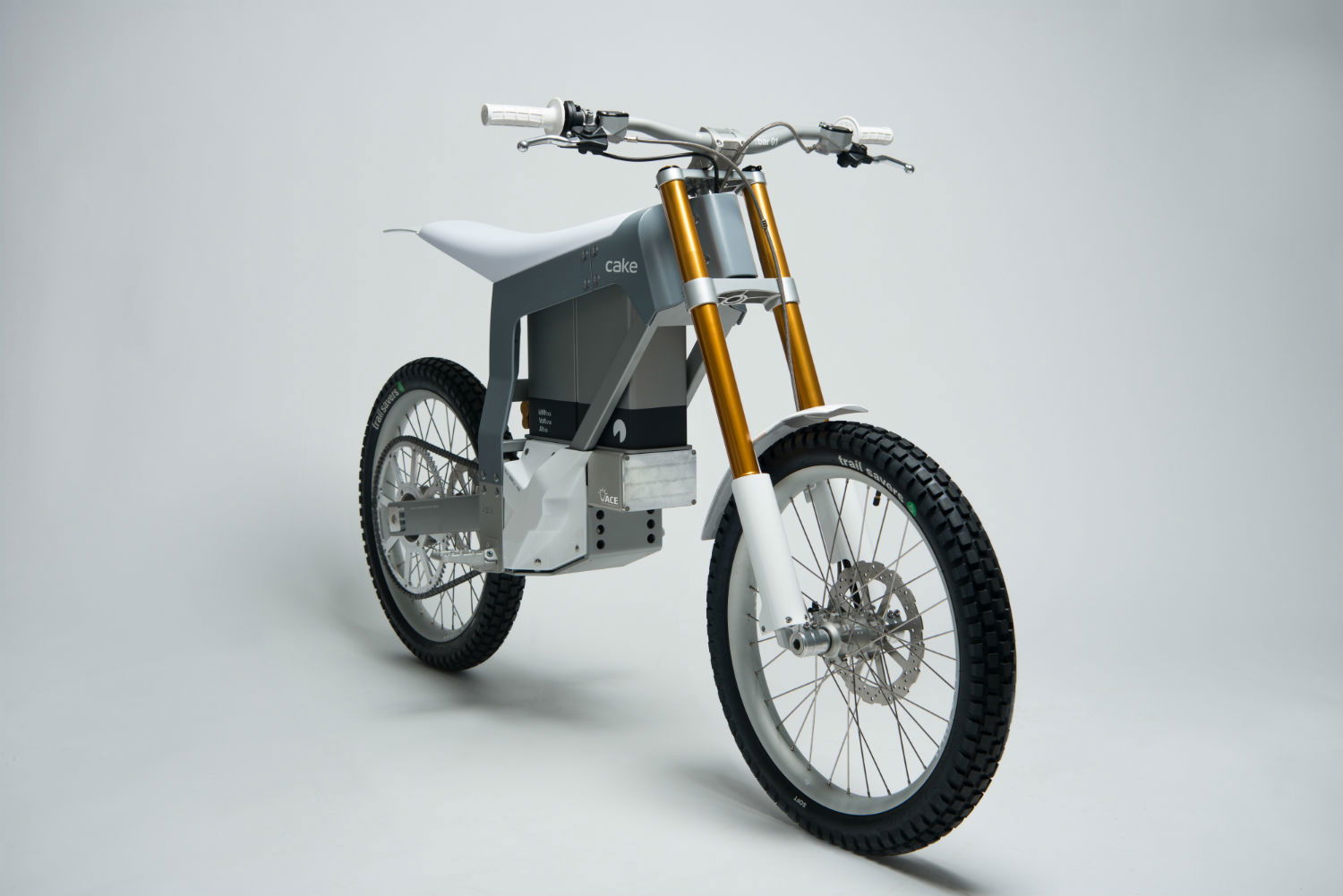Electric Harley 'within 18 months'
Company report says Project Livewire is on target

HARLEY-DAVIDSON'S latest set of end-of-year figures make grim reading, with sales down 6.7% in 2017 and perhaps more worryingly dropping by 8.5% in its core US market. But the firm’s fightback against an outdated image will include the production descendant of its Project Livewire electric bike prototype, which it says will be ready within 18 months.
That means by mid-2019 you’ll be able to stroll into a Harley dealer and instead of rumbling away on a chrome-laden V-twin you’ll be able to whirr into the distance on a near-silent, futuristic electric Harley-Davidson that’s a million miles from the traditional Harley dream.
While other mainstream firms are working on electric bikes of their own, most are starting small with short-range scooters and commuters, targeting non-motorcyclists rather than their core demographics. If Harley’s project stays on-schedule it could become the first of the old-guard of motorcycle firms to dive headfirst into the electric bike waters.
It’s a bold move, but one that Harley needs to take. When the financial crisis hit hard in 2008-2009, Harley’s response was to double-down on its core market. It closed Buell, sold MV Agusta and rechannelled its energies into thudding V-twins. At the time that might have made sense – those were the profitable bikes – but the move also closed doors when it came to expanding into other segments of the market.
Now, with the baby-boomer generation that has long been the backbone of Harley’s customer base starting to age and die off, the firm needs radical ideas to attract a younger generation of riders who don’t share their parents’ affinity with traditional V-twin cruisers.
In its fourth-quarter results statement, the firm says:
The company is on target to launch its first electric motorcycle within 18 months. Today, the company announces it will invest more aggressively to lead in the application of electric motorcycle technology to inspire ridership among a new audience.
"The EV motorcycle market is in its infancy today, but we believe premium Harley-Davidson electric motorcycles will help drive excitement and participation in the sport globally," stated [president and CEO Matt] Levatich. "As we expand our EV capabilities and commitment, we get even more excited about the role electric motorcycles will play in growing our business."
In the meantime, the firm is expecting sales to continue to slide. In 2016 it shipped 262,221 bikes. That dropped 7.9% to 241,498 in 2017 and projected figures for 2018 are for a further decline to somewhere between 231,000 and 236,000. The fall in shipments from 2016 to 2017 is larger than the drop in sales (7.9% vs 6.7%) since a portion of 2017’s sales were bikes that were shipped the previous year.
Harley is also planning to close its Kansas City, Missouri factory, where around 800 people are employed. The final assembly work done there will instead take place at the company’s York, Pennsylvania plant.
"The decision to consolidate our final assembly plants was made after very careful consideration of our manufacturing footprint and the appropriate capacity given the current business environment. Our Kansas City assembly operations will leave a legacy of safety, quality, collaboration and manufacturing leadership," stated Levatich.
Despite the dramatic fall in sales, it’s worth noting that in the USA, where well over half all Harley-Davidsons are sold (147,972 in 2017), Harley still dominates the big bike market, accounting for more than 50% of all sales over 601cc.

